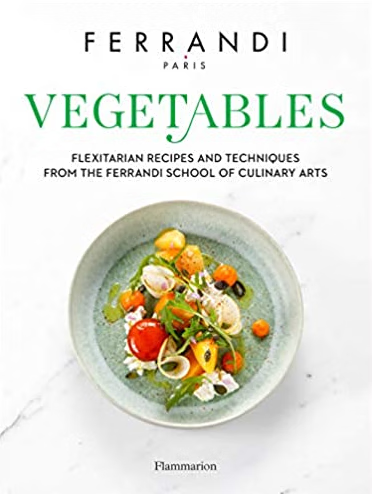Discover the Flavorful World of Food from the Renaissance Recipes: A Culinary Journey Through History
Guide or Summary:Food from the Renaissance RecipesHistorical Context of Renaissance CuisineKey Ingredients in Renaissance RecipesCooking Techniques of the R……
Guide or Summary:
- Food from the Renaissance Recipes
- Historical Context of Renaissance Cuisine
- Key Ingredients in Renaissance Recipes
- Cooking Techniques of the Renaissance
- Renaissance Recipes to Try
Food from the Renaissance Recipes
The Renaissance period, spanning from the 14th to the 17th century, was a time of remarkable cultural, artistic, and culinary transformation in Europe. The food from the Renaissance recipes reflects the era's innovation and the blending of various culinary traditions, influenced by the rediscovery of classical philosophy and the exploration of new lands. This article delves into the fascinating world of Renaissance cuisine, exploring its ingredients, cooking techniques, and the social context that shaped it.
Historical Context of Renaissance Cuisine
The Renaissance marked a significant shift in how food was perceived and prepared. With the fall of Constantinople in 1453, trade routes were established that brought exotic spices, fruits, and vegetables to Europe. This influx of new ingredients allowed chefs to experiment and create dishes that were previously unimaginable. The use of spices such as cinnamon, nutmeg, and cloves became prevalent, not just for flavor but also for their preservative qualities.
Key Ingredients in Renaissance Recipes
Food from the Renaissance recipes often featured a variety of ingredients. Meat was a staple, with game birds, venison, and domesticated animals like pigs and chickens being commonly consumed. Fish, especially in coastal regions, was also significant, with techniques such as salting and smoking used to preserve it. Vegetables like peas, beans, and root vegetables were essential, though they were often viewed as food for the lower classes.
Herbs played a crucial role in flavoring dishes. Fresh herbs like parsley, thyme, and dill were commonly used, while dried herbs were favored during the winter months. The introduction of sugar, which was once a luxury, began to change the nature of desserts, leading to the creation of elaborate confections and pastries.
Cooking Techniques of the Renaissance
The cooking methods employed in Renaissance kitchens were diverse. Roasting over an open flame was popular, especially for meats, as it imparted a smoky flavor. Boiling and stewing were also common, allowing for the melding of flavors. Baking became an art form, with the development of ovens that could maintain consistent temperatures, enabling the production of bread and pastries on a larger scale.
Presentation was key in Renaissance dining. Dishes were often elaborately decorated with fruits, vegetables, and edible flowers, reflecting the host's wealth and status. Banquets could last for hours, featuring multiple courses that showcased the chef's skill and creativity.
Renaissance Recipes to Try
To experience the flavors of the Renaissance, consider trying your hand at some traditional recipes. One popular dish is "Pottage," a thick stew made with various meats and vegetables, seasoned with herbs and spices. Another classic is "Syllabub," a sweet dessert made from whipped cream, sugar, and wine or cider, often flavored with lemon.
For those interested in baking, "Tart of Fruit" is a delightful option. This pastry can be filled with seasonal fruits and sweetened with honey or sugar, showcasing the era's penchant for combining flavors and textures.

Exploring food from the Renaissance recipes offers a unique glimpse into a transformative period in culinary history. The era's emphasis on experimentation, presentation, and the use of diverse ingredients laid the groundwork for modern European cuisine. By recreating these historical dishes, we not only savor their flavors but also connect with the rich cultural heritage of the Renaissance. Whether you're a history enthusiast or a culinary adventurer, the recipes from this fascinating period promise to delight your palate and expand your culinary repertoire.